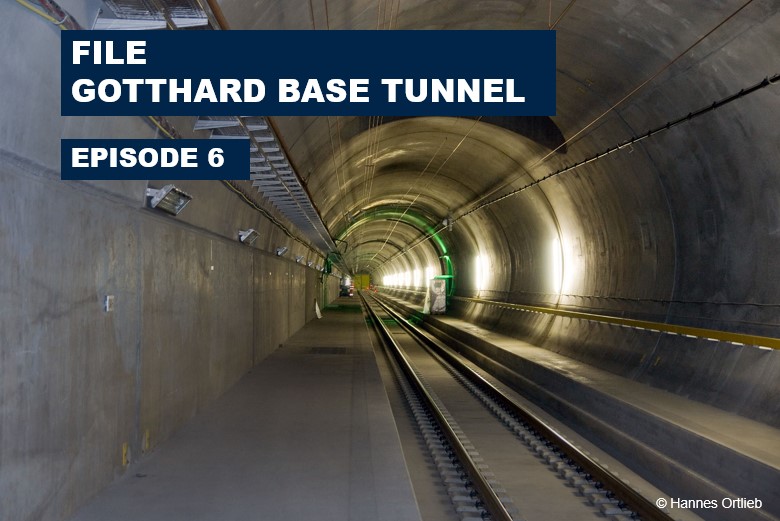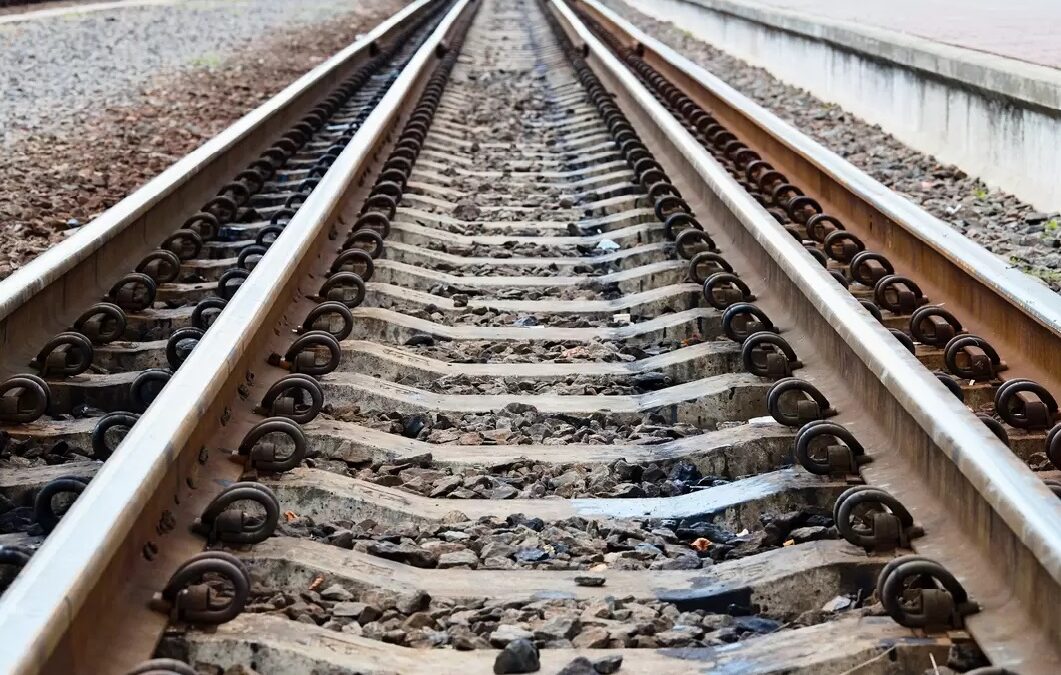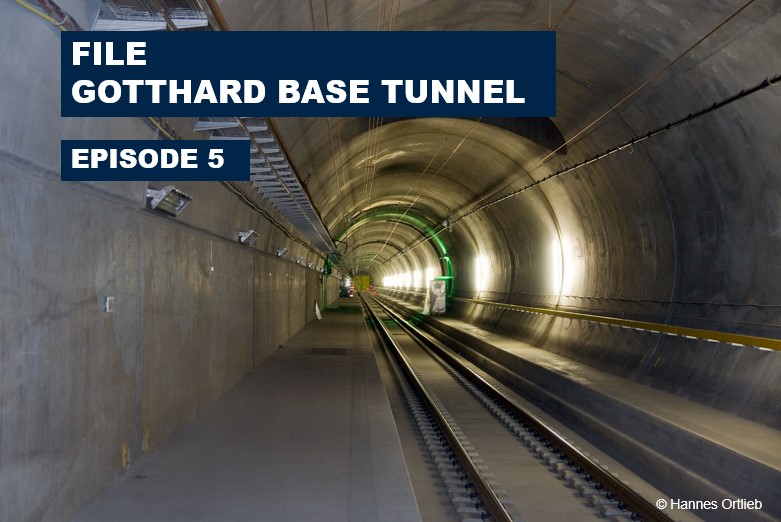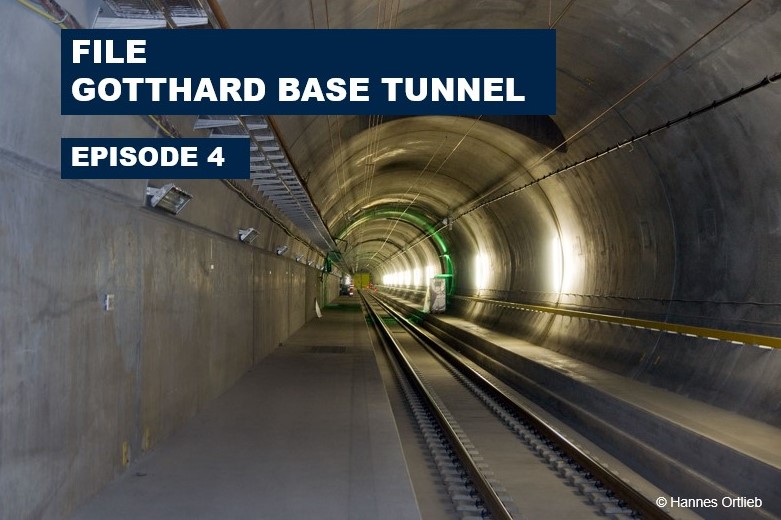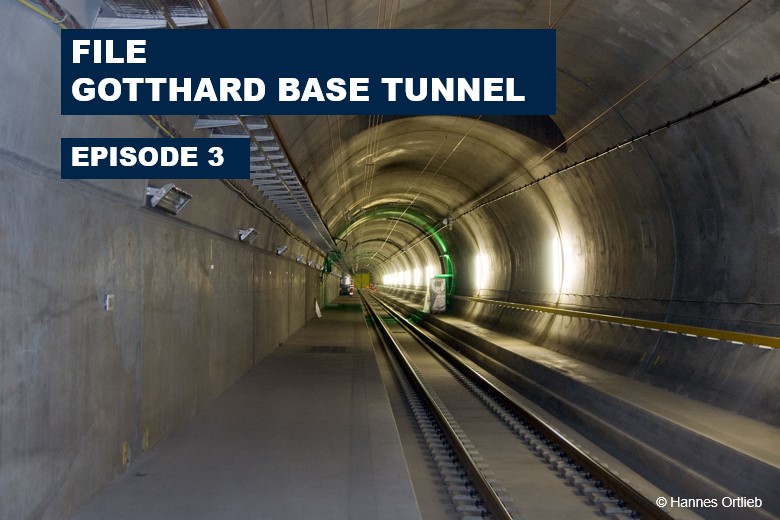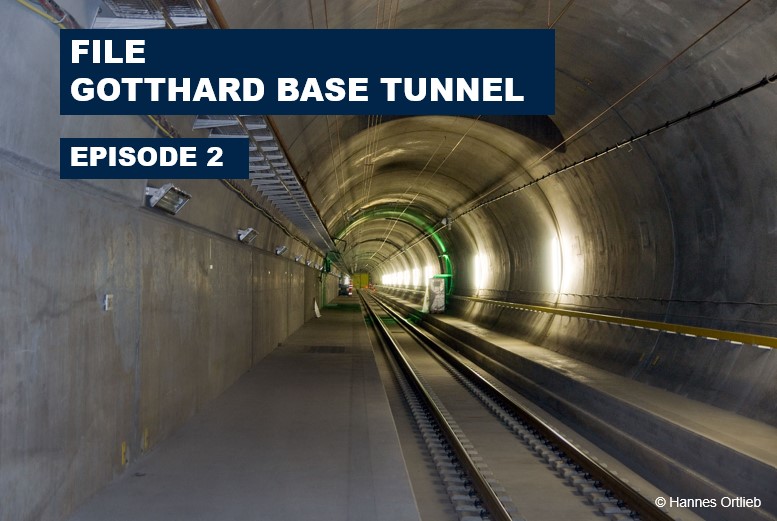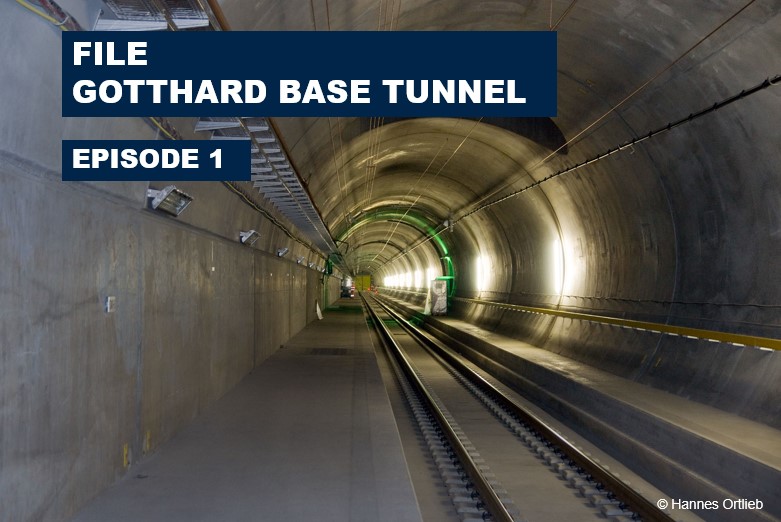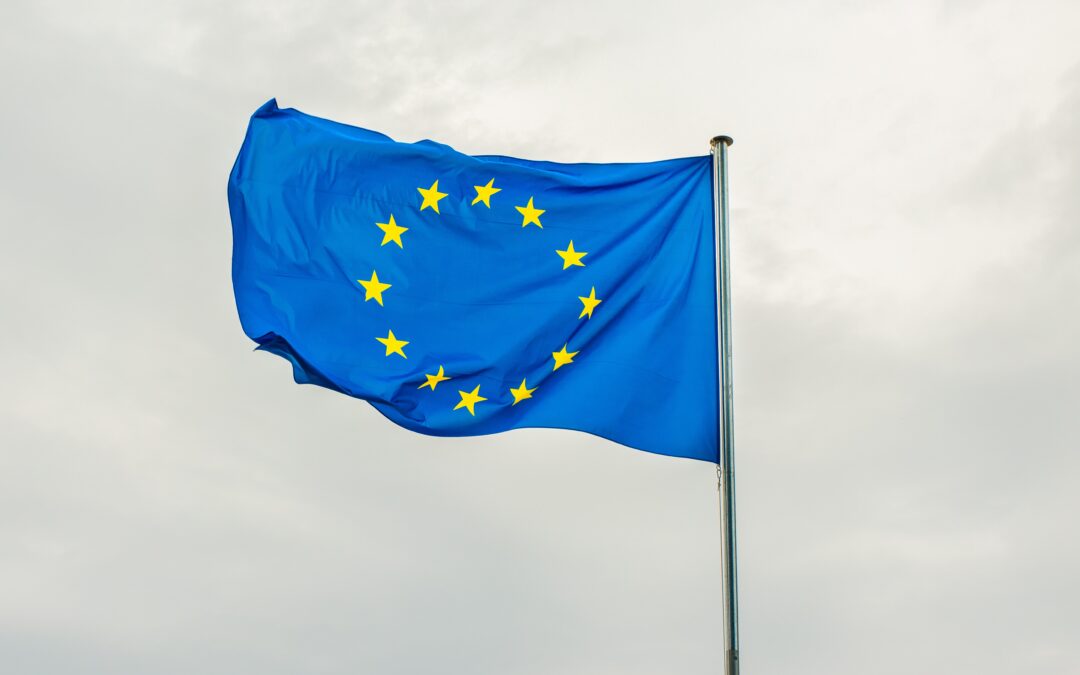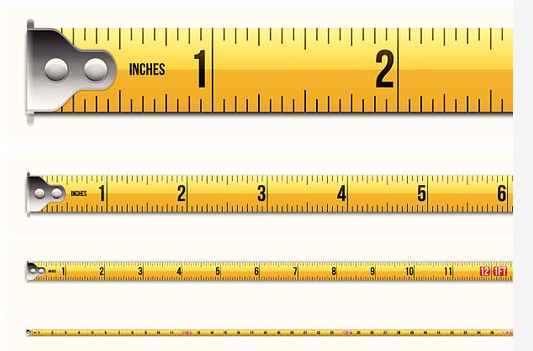
Strengthen fair competition between federal and private companies
On 15 September 2023, the Federal Council instructed the Federal Department of Economic Affairs, Education and Research (EAER) to submit an amendment to the Corporate Governance Guidelines by the third quarter of 2024. In doing so, it wants to strengthen fair competition between state-owned enterprises and private-sector companies.
This is what it's all about:
- Owner's strategy and corporate governance guidelines as a steering instrument
- Parliament has called for fair competition
- Worrying monopolisation of local delivery services
- Further cross-financing tendencies evident
- A fight with unequal stakes
Ownership strategy and corporate governance guidelines as a management tool
Federal companies are created through the independence of administrative units of the Confederation which, according to the Federal Constitution, carry out monopolised activities. For example, the special-law joint-stock company of the Swiss Federal Railways (SBB) was created in the course of the railway reform in 1999. As the wholly-owned owner, the Confederation steers its numerous federal companies by defining and implementing an owner's strategy and corporate governance guidelines. It also elects the members of the Board of Directors. In addition to its role as owner, the federal government also has other roles: as a regulator, it regulates the market conditions and occasionally even orders public services, for example in regional passenger transport. This inevitably results in certain conflicts of interest. It would be appropriate to examine whether this interweaving of functions is still in keeping with the times and appropriate for single wagonload traffic, and which supervisory body is keeping an eye on how this is handled.
Parliament has demanded fair competition
The private sector's increasing criticism of the behaviour of federal companies, which, on the basis of a constitutional mandate that is often kept very general, continue to expand their original core business and even buy up private companies, was heard in parliament. Thus, the Councils adopted motion 20.3531 "Fairer competition vis-à-vis state-owned enterprises" by FDP Councillor of States Andrea Caroni and the identically worded motion 20.3532 by Die-Mitte Councillor of States Beat Rieder. With the EAER report, the Federal Council now wants to meet the demand of these two motions. It expects proposals on how the departments can more systematically organise and more comprehensively ensure fair competition between federal and private companies in the management of federal enterprises.
Worrying monopolisation of local delivery services
RailCom's Activity Report 2022 reports, among other things, on the survey of freight railways on short-distance delivery services in accordance with Art. 6a of the Freight Transport Ordinance (GüTV). These are services provided by SBB Cargo, which covers local delivery in Switzerland on a virtually monopolistic basis. The RailCom activity report lists a lack of resources as the reason for rejecting local delivery services. However, the respondents suspect that they are disadvantaged in the offers and that different tariffs are in circulation.
Private companies are equally concerned about the monopolisation of SBB Cargo's network offer in the consultation on the draft law "Modernisation of Swiss freight transport" (see blog post "Consultation on rail freight transport in the area: Two variants, many question marks"). They demand a strict demarcation between network services and block train services in terms of remuneration and continued non-discriminatory access to services in local delivery (cf. VAP blog post "Outsourcing the last mile and making it non-discriminatory"). With the help of organisational measures or a legal separation, it must be prevented that certain services provided by the state are cross-financed. This is the case today, for example, with the funding of the SBB pension fund (PK SBB) through the profits of SBB Immobilien.
Further cross-financing tendencies evident
During the consultation on the 2025 train path price revision, Switzerland's freight railways joined forces and gave the Federal Council a negative response to the partial revision of the Ordinance on Network Access (NZV) on 29 August 2023 (see blog post "Train path price revision 2025-2028: Price increase is unfounded"). Only SBB Cargo, which is fully integrated into the SBB Group and kept on a short leash, was left out. Since the Federal Office of Transport refers, among other things, to falling train path revenues in the train path price revision, the impression is created that this is a case of hidden cross-financing by SBB, which of course SBB Cargo is not allowed to criticise.
The bill drafted by the Federal Council "Amendment of the Federal Act on Swiss Federal Railways SBBG - sustainable financing of SBB" of 15 September 2023 also corresponds to a blatant interference in free competition. According to this, SBB is to benefit from a capital subsidy of CHF 1.25 billion. The exact use of these funds remains unclear and there is a lack of conditions that could change this in the future. Subsidiary SBB Cargo, which also received extensive financial support in the aftermath of the Covid pandemic, also benefits from this capital injection. It is about to conclude a performance agreement for the compensation of its network traffic, which it obviously cannot handle on its own. The private sector players, on the other hand, did not receive Covid funds, nor do they have substantial non-operational resources and stakes that they could sell off to strengthen their investment capacity.
A fight with unequal stakes
The Federal Council's self-evidently unequal treatment of state-owned and private-sector companies is conspicuous - and regrettable. Unfortunately, this does not create healthy competition in rail freight transport, which strengthens its innovative power and efficiency. Both are essential if the market players want to retain existing customers and win new ones. This in turn would be necessary to achieve a sustainable modal shift and to integrate rail into multimodal supply chains in the future. And to create new, future-oriented jobs.
[/et_pb_text][/et_pb_column][/et_pb_row][/et_pb_section]
